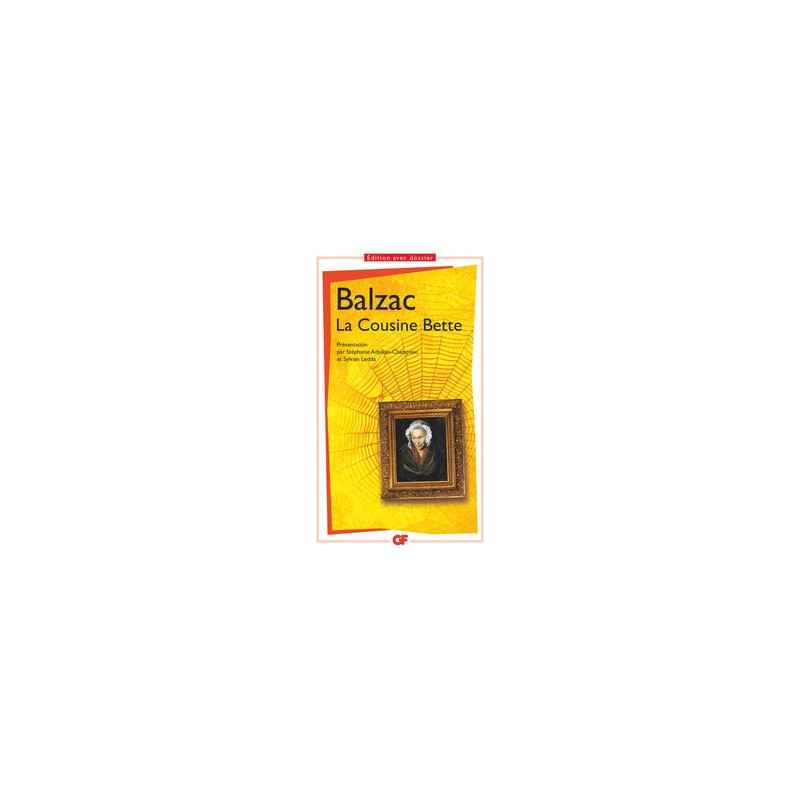

Fold-outs, if any, are not part of the book. As this print on demand book is reprinted from a very old book, there could be some missing or flawed pages, but we always try to make the book as complete as possible. Each page is checked manually before printing. Illustrations, Index, if any, are included in black and white. This is NOT a retyped or an ocr'd reprint. NO changes have been made to the original text. Leather Binding on Spine and Corners with Golden leaf printing on spine. A number of film versions of the story have been produced, including a 1971 BBC mini-series starring Margaret Tyzack and Helen Mirren, and a 1998 feature film with Jessica Lange in the title role.Leatherbound. Bette's relationship with Valérie is also seen as an important exploration of homoerotic themes. The novel explores themes of vice and virtue, as well as the influence of money on French society. It has been compared to William Shakespeare's Othello as well as Leo Tolstoy's War and Peace. Several critics have hailed it as a turning point in the author's career, and others have called it a prototypical naturalist text. His trademark use of realist detail combines with a panorama of characters returning from earlier novels. La Cousine Bette is considered Balzac's last great work.


At least one scene involving Baron Hulot was likely based on an event in the life of Balzac's friend, the novelist Victor Hugo. Balzac based the character of Bette in part on his mother and the poet Marceline Desbordes-Valmore. Hortense's husband, the Polish exile Wenceslas Steinbock, represents artistic genius, though he succumbs to uncertainty and lack of motivation. The patriarch of the Hulot family, meanwhile, is consumed by his own sexual desire.

The vengeful Bette and disingenuous Valérie stand on one side, with the merciful Adeline and her patient daughter Hortense on the other. The novel's characters represent polarities of contrasting morality. It was published in Le Constitutionnel at the end of 1846, then collected with a companion work, Le Cousin Pons, the following year. Writing quickly and with intense focus, Balzac produced La Cousine Bette, one of his longest novels, in two months. Balzac wanted to challenge Sue's supremacy, and prove himself the most capable feuilleton author in France. In the 1840s, a serial format is known as the roman-feuilleton was highly popular in France, and the most acclaimed expression of it was the socialist writing of Eugène Sue.


 0 kommentar(er)
0 kommentar(er)
